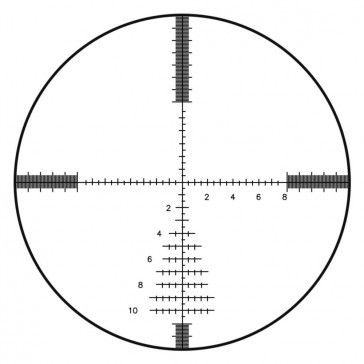I beg to differ."Cookie""Also don’t forget it’s generally called parallax not focus, so blur is not the issue. Bad parallax means just because the cross hairs are where you want them, the rifle may not be pointing at the right place – that’s a miss. Good parallax means the cross hairs are pointing at the same place the rifle is pointing – that’s a hit."
Incorrect. It is called focus, with the error in focussing being called parallax.
You'll notice that the following high end scope manufacturers don't call it the focusing ring, they call it parallax adjustment. That's because the main thing the shooter is after when twiddling the dial is to correct for parallax. Like you say blur won't make you miss, but parallax error could and I think you will agree that having a blurred picture ain't so bad, but missing is a different matter.
http://www.schmidtundbender.de/en/products/police-and-military-forces/5-25x56-pm-iilp.html
http://www.zeiss.co.uk/sports-optics/en_gb/hunting/riflescopes/victory-riflescopes/victory-v8-riflescopes.html#models
http://www.vortexoptics.com/product/razor-hd-gen-2-45-27x56-riflescope-with-ebr-1c-mrad-reticle
Quite often it's called a focusing ring because that is what you are doing - focusing, but what you're really after is getting rid of that pesky parallax error that could make you miss your shot. That said when you twiddle the dial you are adjusting focus and you are adjusting parallax, so you could call it either.
Of coarse, the other thing you can do to avoid parallax error, is to make sure your eye is lined up centrally with the scope. But that's sometimes easier said than done. Easier just to have sufficient parallax adjustment range.
Upvote 0
